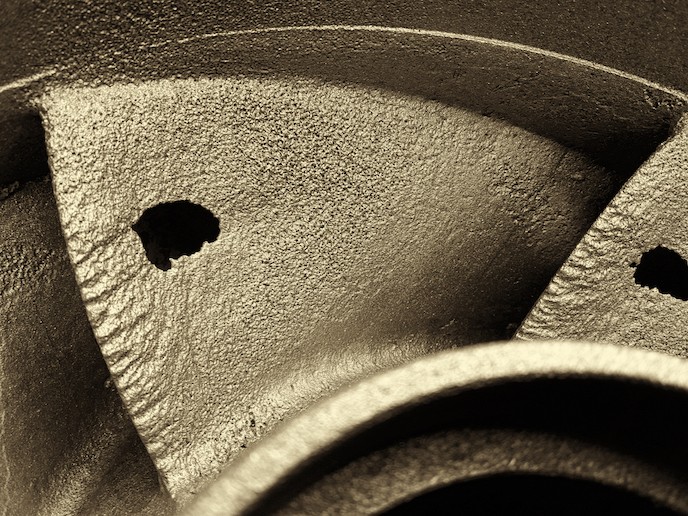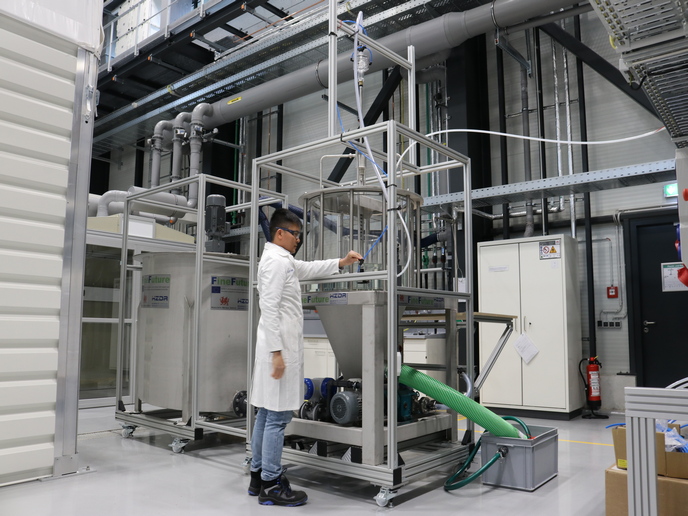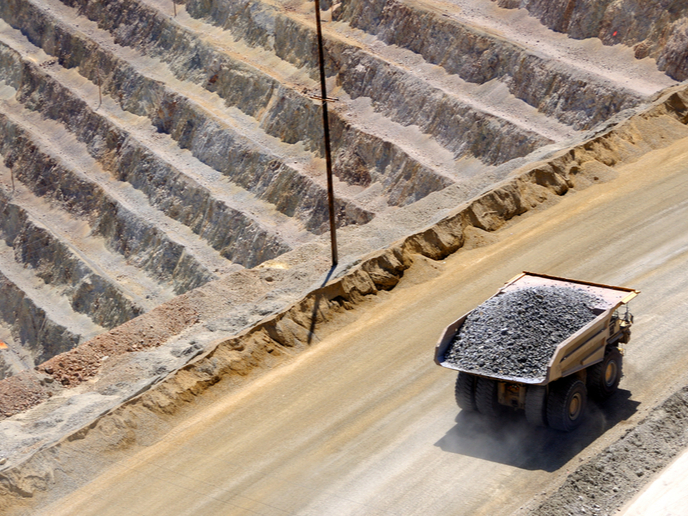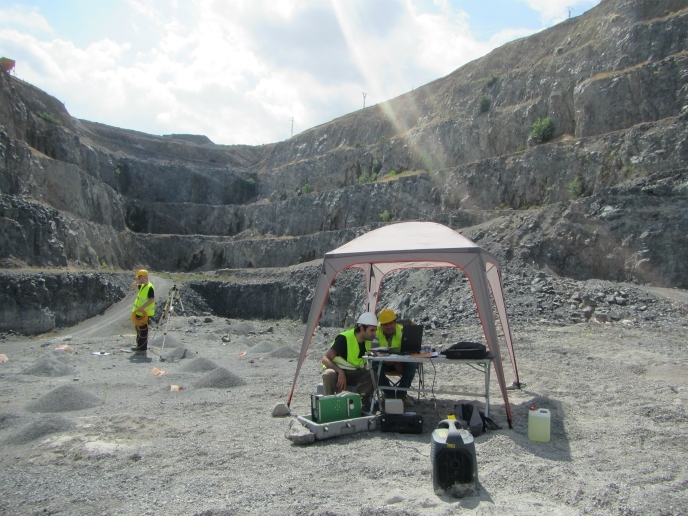Predictive damage modelling helps reduce waste in mining pumps
Vital industrial minerals, including copper, zinc bauxite and iron ore, can be pumped up to hundreds of kilometres across mine sites as they’re processed from rough ore to usable minerals. Often highly viscous, subjected to intense processing pressures and combined with corrosive chemicals, these mineral slurries wear away even purpose-built, heavy-duty pumps. The APESA project is a collaboration between Weir Minerals Netherlands (WMNL) and five Early Stage Researchers (ESRs) placed at the University of Strathclyde, to explore the ways pumps are damaged and develop predictive models and damage mitigation techniques to improve the life of positive displacement (PD) pumps. The EU’s Marie Skłodowska-Curie programme support has made this industry-critical research possible, which has the potential to reduce waste and operating costs at mines around the world.
Understanding positive displacement pump wear
PD pumps, which are used to transport viscous mineral slurries long distances, are typically designed for service lives of up to 25 years. However, the combined effects of corrosion, erosion and fatigue, invariably result in material damage to the pumps over time, degrading performance and requiring replacement parts. To understand the complex behaviour of these slurry pumps, the APESA team had to investigate interacting properties such as: the pump’s materials; the size, shape and concentration of the slurry’s solid particles; the slurry’s chemistry and the effect of the pump’s flow design on slurry velocity and angles. “For APESA, we reviewed the pump life cycle to identify areas where emerging technologies and new understanding could make a significant difference,” says Douglas Watson, Programme Manager at the Weir Advanced Research Centre. “We focused on better understanding damage mechanisms to explore ways of limiting damage and using predictive modelling to make the evaluation of alternative approaches faster and more accurate.” The research improved understanding of material performance and the influence of both manufacturing processes and pump degradation on performance throughout its operational life. It also highlighted alternative materials and material conditioning techniques which could extend the operational life of pumps. The research results will soon be published in the ‘International Journal of Plasticity’(opens in new window) detailing the novel cyclic plasticity material model developed under APESA and implemented for the evaluation of compressive stress on the fatigue life of low carbon steel in corrosive environments.
Minimising waste
The results are now being integrated directly into the design manuals and calculations used by the GEHO® brand PD pump engineering teams at Weir Minerals. The findings are so substantial that one of the ESRs has been specifically retained by the project’s industrial partner to facilitate the knowledge transfer. APESA research will extend the operational lifetime of Weir Minerals’ positive displacement pumps and reduce the amount of maintenance required to operate them: decreasing both waste and operating costs in the mining sector. “This protects the competitive advantage of European industry – for both pump manufacturers and their supply base – at a time of increased competition from non-European equipment manufacturers,” says Watson. The research team is now focussed on future modelling and simulation to investigate corrosion protection, in light of the mining water management systems being adopted to cater for future water scarcity challenges.







